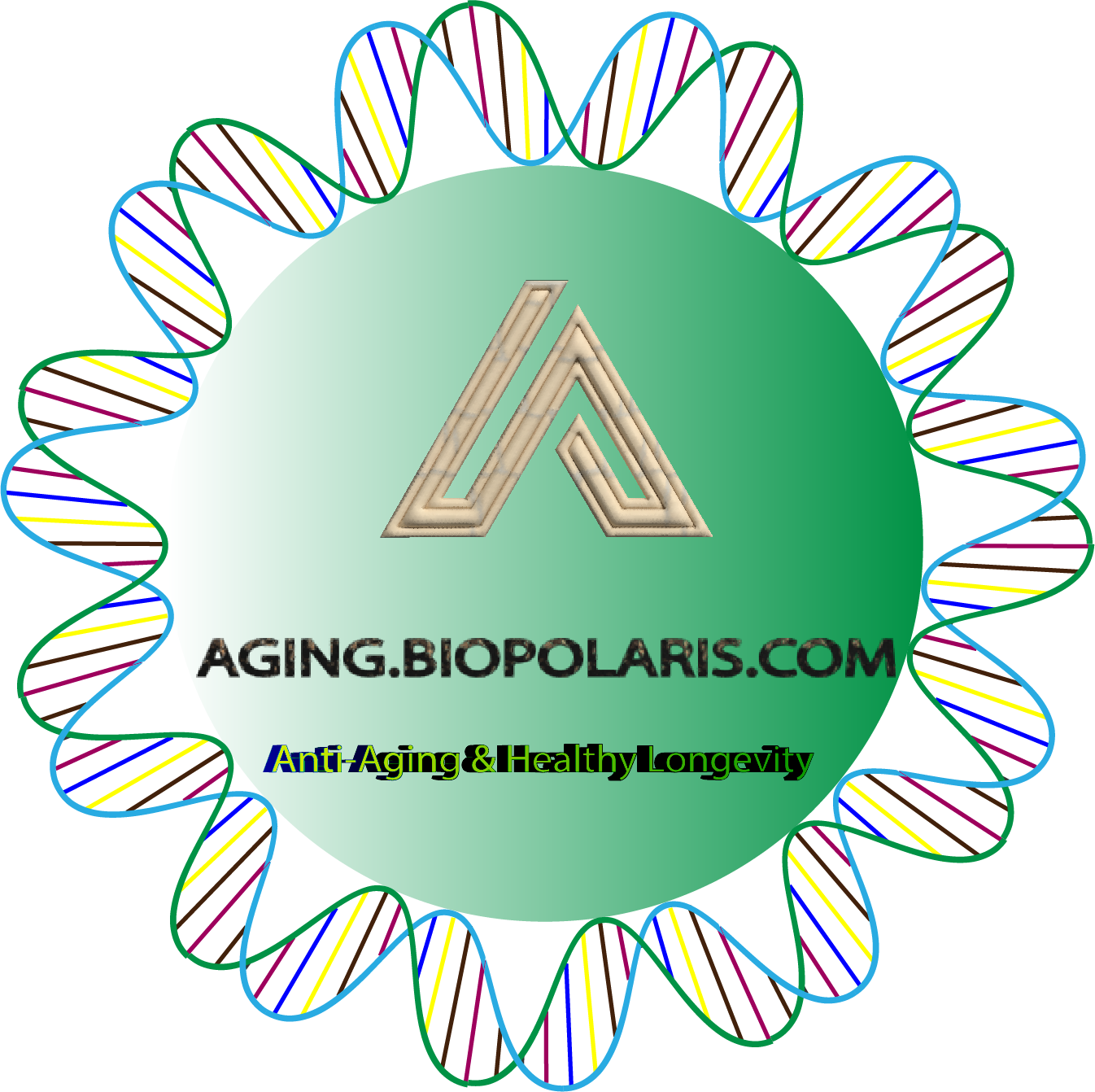Aggregator
Homogenized chlorine distribution for >27% power conversion efficiency in perovskite solar cells
Science, Volume 390, Issue 6773, Page 638-642, November 2025.
Ultrafast inverse chirality-induced spin selectivity observed by THz emission
Science, Volume 390, Issue 6773, Page 595-600, November 2025.
Probing critical phenomena in open quantum systems using atom arrays
Science, Volume 390, Issue 6773, Page 601-605, November 2025.
Strengthening Ni alloys with nanoscale interfaces of negative excess energy
Science, Volume 390, Issue 6773, Page 617-621, November 2025.
Shear-induced bubble nucleation in magmas
Science, Volume 390, Issue 6773, Page 633-637, November 2025.
Cosmic dust reveals dynamic shifts in central Arctic sea-ice coverage over the past 30,000 years
Science, Volume 390, Issue 6773, Page 628-632, November 2025.
River metabolism in the contiguous United States: A West of extremes
Science, Volume 390, Issue 6773, Page 622-627, November 2025.
Multi-timescale frequency-phase matching for high-yield nonlinear photonics
Science, Volume 390, Issue 6773, Page 612-616, November 2025.
Extreme warming of Amazon waters in a changing climate
Science, Volume 390, Issue 6773, Page 606-611, November 2025.
Frankenstein and the problem of abandonment
Science, Volume 390, Issue 6773, Page 578-579, November 2025.
Platforms of power
Science, Volume 390, Issue 6773, Page 580-580, November 2025.
NUDT5 regulates purine metabolism and thiopurine sensitivity by interacting with PPAT
Science, Volume 390, Issue 6778, Page 1134-1142, December 2025.
A non-enzymatic role of Nudix hydrolase 5 in repressing purine de novo synthesis
Science, Volume 390, Issue 6778, Page 1143-1150, December 2025.
Biologist David Sabatini loses again in legal fight against Whitehead Institute
Judge dismisses final claim against scientist’s former employer and curtails lawsuit directed at woman who accused him of sexual harassment
U.S. Congress considers sweeping ban on Chinese collaborations
Researchers speak out against proposal that would bar funding for U.S. scientists working with Chinese partners or training Chinese students
To unearth their past, Amazonian people turn to ‘a language white men understand’
A model partnership between archaeologists and the Kuikuro people has helped rewrite the history of early Amazonian societies
How politicians soured on one of Europe’s biggest primate research centers
Some scientists hope animal work at the Biomedical Primate Research Centre can continue despite vote by Dutch Parliament to end the studies
A probabilistic histological atlas of the human brain for MRI segmentation
In human neuroimaging, brain atlases are essential for segmenting regions of interest (ROIs) and comparing subjects in a common coordinate frame. State-of-the-art atlases derived from histology^(1-3) provide exquisite three-dimensional cytoarchitectural maps but lack probabilistic labels throughout the whole brain: that is, the likelihood of each location belonging to a given ROI. Here we present NextBrain, a probabilistic histological atlas of the whole human brain. We developed artificial...
Lymphoid gene expression supports neuroprotective microglia function
Microglia, the innate immune cells of the brain, play a defining role in the progression of Alzheimer's disease (AD)¹. The microglial response to amyloid plaques in AD can range from neuroprotective to neurotoxic². Here we show that the protective function of microglia is governed by the transcription factor PU.1, which becomes downregulated following microglial contact with plaques. Lowering PU.1 expression in microglia reduces the severity of amyloid disease pathology in mice and is linked to...
Hippocampal 1H-MR spectroscopy metabolites are linked to CSF tau pathology in cognitively unimpaired older adults along the Alzheimer's continuum
Relationships between Alzheimer's disease (AD) pathologies in cognitively unimpaired adults and in vivo neurometabolic properties measured directly from the hippocampus, a vulnerable region early along the AD continuum, are not well-understood in the earliest stages of AD. In a 3T ¹H-MRS study, we assessed age and AD-related changes in estimates of absolute concentrations of neurometabolites in the right hippocampus. Participants included older adults (age range: 60-85, n = 19) primarily...
